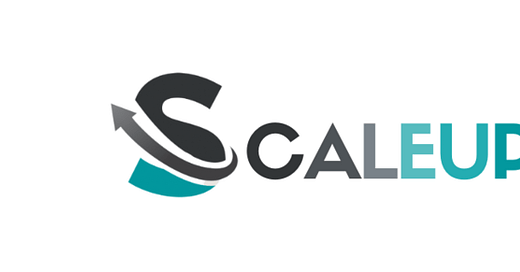
Howdy Readers 🥰

Wondering if what I’ll get called this time
In this newsletter you’ll find:
🚫 Where Ads Go Wrong: 5 Critical Creative Flaws
🚀 Facebook's Vertical Video Revamp: Embracing the TikTok Model
Stable Audio 2.0 Unleashes New Horizons in AI-Generated Music
TOGETHER WITH MODASH
Outreaching to influencers might not be a “sexy” topic, but it’s essential to influencer marketing.
When done right, response rates go up, and your brand can work with the right influencers. When done wrong, your campaign can’t get off the ground.
So, what do the most successful brands do when contacting influencers? How do they get up to 90% response rates?
Do they use DMs or emails?
Do they personalize or use templates?
Do they follow up? How many times?
Ryan Prior from Modash surveyed 51 influencer marketing managers to learn all of this (and more). 👇
Discover how the pros do outreach today!
AD OPTIMIZATION
🚫 Where Ads Go Wrong: 5 Critical Creative Flaws
Insights from Loukas Hambi
Let's break down the usual suspects in ads that send your conversions plummeting
🔄 Single-Scene Syndrome:
Sticking to just one backdrop through your entire ad? That’s a one-way ticket to Yawnsville. Diversity in scenes not only keeps viewers engaged but also showcases your product in various lights and contexts.
🕒 Delayed Visual Hooks:
Timing is everything, especially when it comes to grabbing your audience's attention. If your ad’s visual appeal takes a backseat and only pops up after the critical first few seconds, you’ve likely lost your viewer to the next scroll.
🎬 The Editing Trap:
A cluttered narrative is the enemy of engagement. Including too many unnecessary shots, like a prolonged unboxing scene, can dilute your message. The golden rule here? Be bold in your filming but merciless in your editing.
📍 A Case of Location Fatigue:
Limiting your ad to one setting? Big mistake. Showing your product or service in action across various settings not only keeps the ad visually interesting but also demonstrates its versatility to your audience. Panorama
👁️ The Art of Showing, Not Telling:
The ultimate fix? Integrate more show, less tell. Use B-roll footage to visually represent what's being discussed. As a general rule, visual storytelling is far more effective than a monologue about product features.


